What is farm animal welfare?
A framework for the achievement of high standards of animal welfare is provided by the UK’s Animal Welfare Act 2006 legislation, which in turn is based on the ‘five freedoms’ of the Farm Animal Welfare Council (FAWC). The Act says that an animal’s welfare needs include:
- a suitable environment (how it is housed)
- a suitable diet (what it eats and drinks)
- the ability to exhibit normal behaviour patterns
- any need it has to be housed with, or apart from, other animals
- protection from pain, suffering, injury and disease
In 2012, the World Organisation for Animal Health adopted 10 ‘General Principles for the Welfare of Animals in Livestock Production Systems’ to guide the development of animal welfare standards. The General Principles draw on half a century of scientific research relevant to animal welfare:
(Table adapted from Fraser et al., 2013).


 American English
American English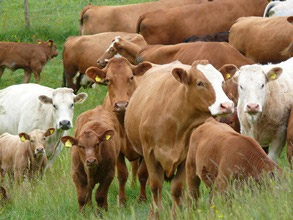
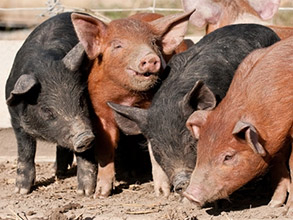
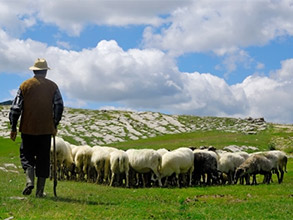
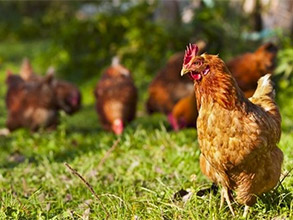
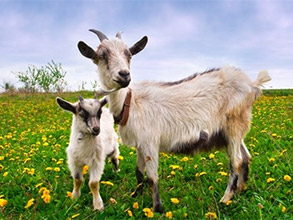
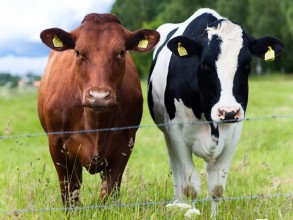
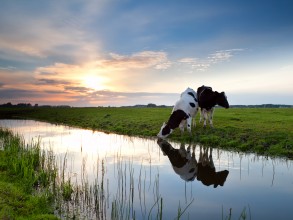
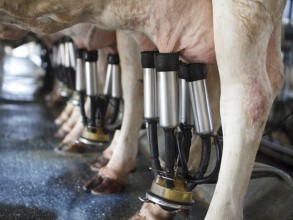
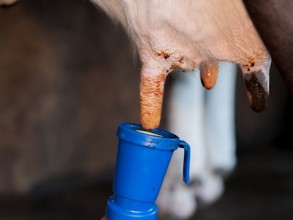
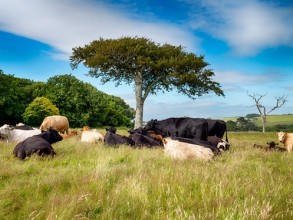
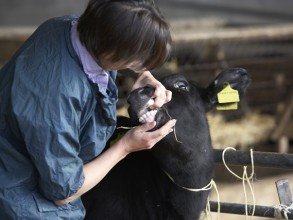
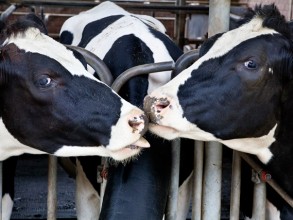
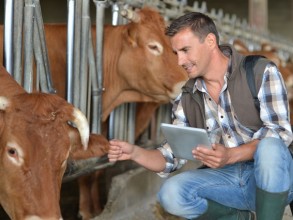
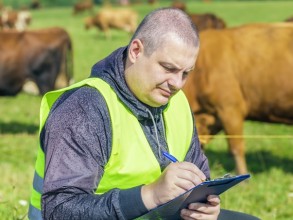


Comments are closed.